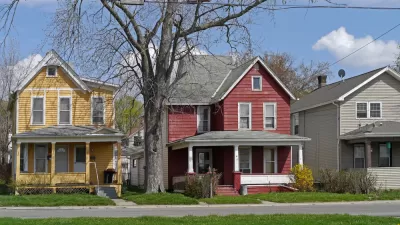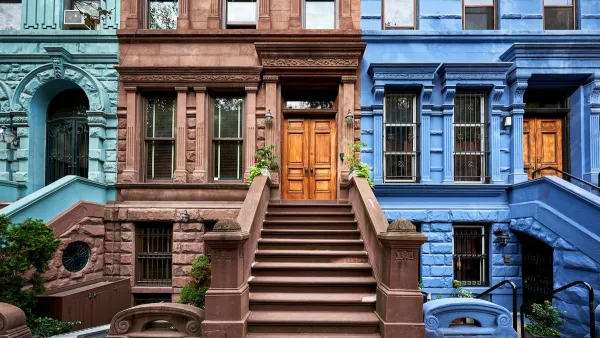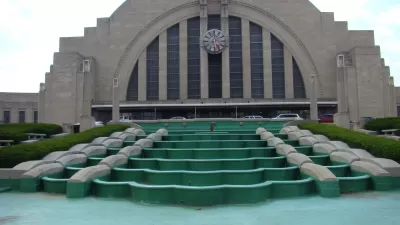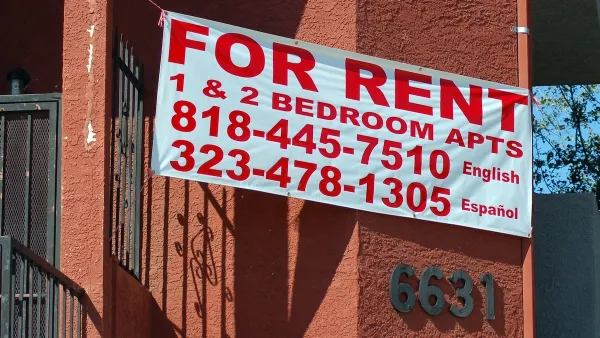The emotional attachment to old homes can obscure the benefits of new buildings, which consume less energy and provide more amenities for residents.

As housing prices continue their astronomic rise and the supply of housing remains inadequate, writes M. Nolan Gray, "Americans are paying ever more exorbitant prices for old housing that is, at best, subpar and, at worst, unsafe." Despite sentimental attachments to old homes and historic properties, Gray argues that new construction is objectively better: safer, more cost-effective, and more energy-efficient than older houses. Gray points to lead house paint(legal until 1978), lead pipes(common until the 1980s), faulty electrical systems, and poor accessibility as some of the issues that should make older homes less desirable. Modern homes provide mandatory safety features such as sprinkler systems, use less energy for heating and cooling thanks to improved insulation and HVAC technology, and include amenities like larger bathrooms and in-unit laundry.
Despite this, cities across the country make it difficult or nearly impossible to redevelop old housing stock, often in the name of affordability or historic preservation. "Between apartment bans, strict density limits, and minimum parking requirements, taking an old home and turning it into an apartment building, or even two or three modern townhouses, is in many cases illegal," asserts Gray.
By contrast, Japan takes a different approach to redevelopment: the average home in that country is demolished after 30 years, with 87 percent of homes sold being new, while a steady supply of newly constructed homes keeps Tokyo affordable for its growing population.
FULL STORY: Stop Fetishizing Old Homes

Planetizen Federal Action Tracker
A weekly monitor of how Trump’s orders and actions are impacting planners and planning in America.

Maui's Vacation Rental Debate Turns Ugly
Verbal attacks, misinformation campaigns and fistfights plague a high-stakes debate to convert thousands of vacation rentals into long-term housing.

San Francisco Suspends Traffic Calming Amidst Record Deaths
Citing “a challenging fiscal landscape,” the city will cease the program on the heels of 42 traffic deaths, including 24 pedestrians.

Amtrak Rolls Out New Orleans to Alabama “Mardi Gras” Train
The new service will operate morning and evening departures between Mobile and New Orleans.

The Subversive Car-Free Guide to Trump's Great American Road Trip
Car-free ways to access Chicagoland’s best tourist attractions.

San Antonio and Austin are Fusing Into one Massive Megaregion
The region spanning the two central Texas cities is growing fast, posing challenges for local infrastructure and water supplies.
Urban Design for Planners 1: Software Tools
This six-course series explores essential urban design concepts using open source software and equips planners with the tools they need to participate fully in the urban design process.
Planning for Universal Design
Learn the tools for implementing Universal Design in planning regulations.
Heyer Gruel & Associates PA
JM Goldson LLC
Custer County Colorado
City of Camden Redevelopment Agency
City of Astoria
Transportation Research & Education Center (TREC) at Portland State University
Jefferson Parish Government
Camden Redevelopment Agency
City of Claremont





























